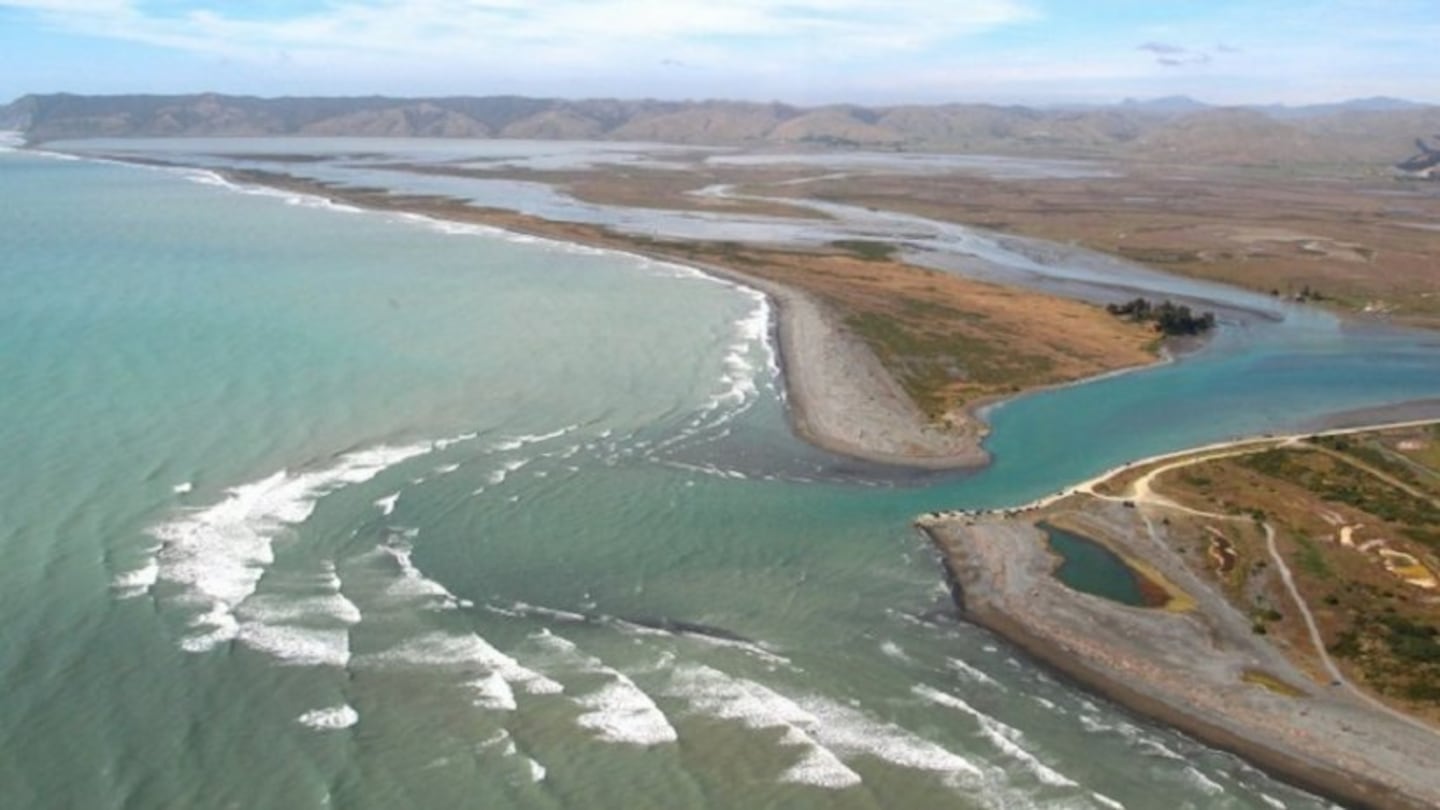Rangitāne o Wairau have launched a new exhibition, Kōrero Tuku Iho, using artist Israel Tangaroa Birch's works to show how the iwi lived in their seismic environment for hundreds of years.
Kōrero Tuku Iho is about bringing art and science to life through artworks, and comes almost a decade after NIWA and Rangitāne discussed Māori mythology that concluded the pūrākau was a "seismic tradition".
"The pūrākau itself talked about a taniwha that resided at the base of Te Parinui o Whiti (White Bluffs) and would take the form of a wave that would then wash travellers into the lagoons and devour them later," Massey University history lecturer Dr Peter Meihana said.
Research in 2014 along the Wairau Bar, the 19-hectare gravel bar where the Wairau River meets the sea in Cloudy Bay, showed three tsunamis occurred at Te Pokohiwi-o-Kupe in the last 2000 years.
The bar is one of the oldest archaeological sites in New Zealand.
NIWA regional manager Darren King said he hoped the exhibition could teach others about how to prepare for natural disasters from an iwi perspective, and to keep sharing history for the next generation.
"We consider the pūrākau from Te Pokohiwi-o-Kupe to be a powerful medium to demonstrate precedents and stimulate community understanding and acceptance of co-seismic tsunami risks," he said.
The exhibition will be on display inside Rangitāne House's lobby in Blenheim over the summer period.




